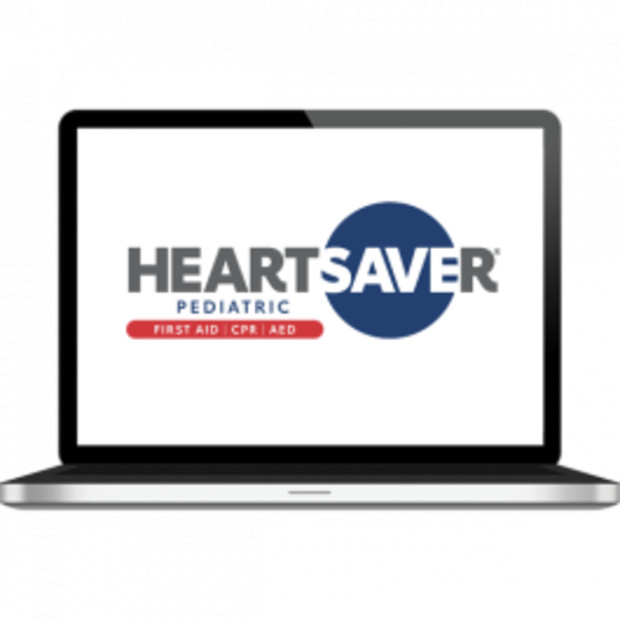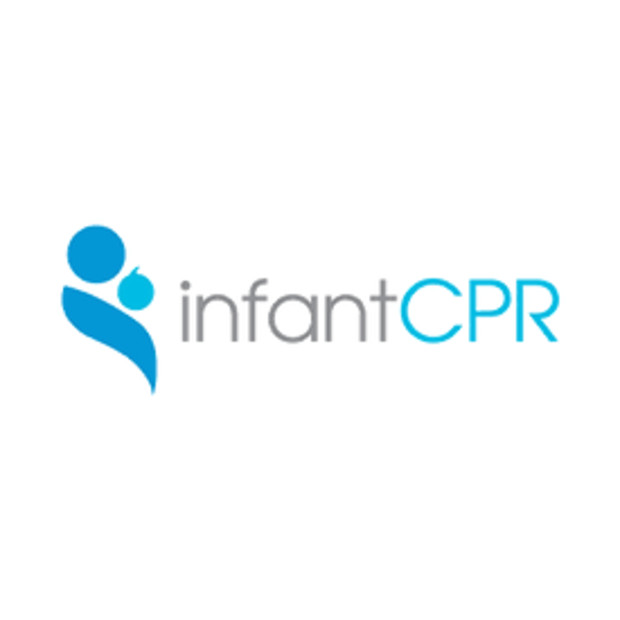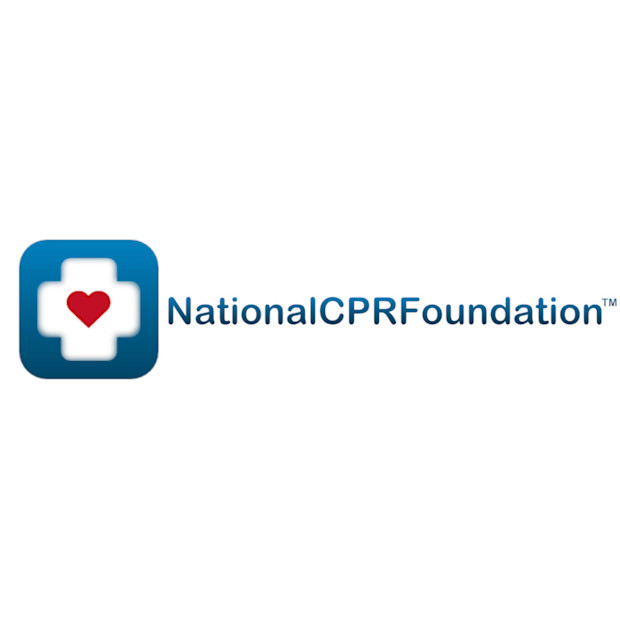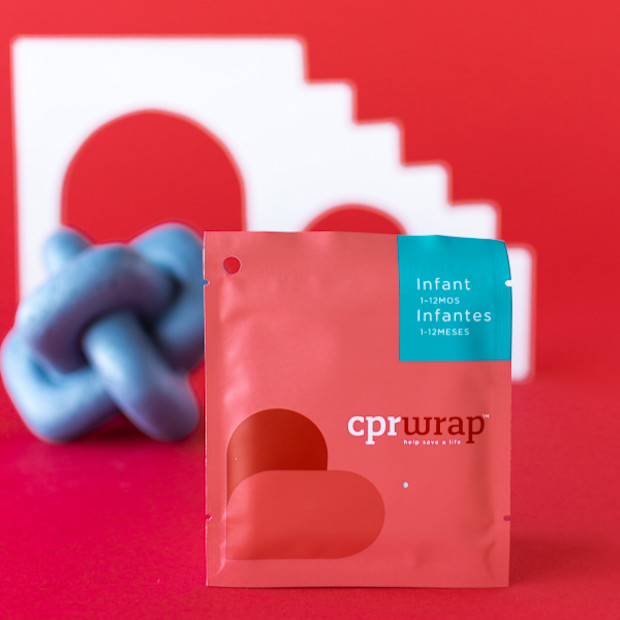
The Best Infant CPR Classes to Take Online So You Can Be Well-Prepared
It’s good to be prepared for an emergency, and these infant CPR classes can be taken from the comfort of home.

Taking care of a baby isn’t just about feeding them, cleaning them and playing with them—it’s also about keeping them safe. While there are plenty of things you can do to childproof your home, accidents can still happen—so doctors strongly encourage parents and caregivers to be prepared. And that means knowing how to perform basic first aid and CPR on your little one.
You may be somewhat familiar with CPR (cardiopulmonary resuscitation) as far as chest compressions and rescue breathing—we’ve all seen at least one dramatic CPR scene in movies or TV—but did you know that there’s a special technique just for infants under 12 months old? Babies have much shallower chests and weaker rib cages than older children and adults, so performing chest compressions meant for a larger person can lead to serious injury for your baby.
The best way to learn CPR specifically for infants is to take a class taught by a certified CPR instructor. You can typically find these classes at your local American Red Cross location or at your nearest hospital. Or, to have more flexibility with class times (and not have to change out of your loungewear), you can take an infant CPR and first aid course online from the comfort of your own home!
And a quick note on the cost of these courses: If you have an HSA or FSA through your health insurance, you may be able to get reimbursed. Be sure to check with your health insurance provider to see if your spending account qualifies for CPR class reimbursement. If it does, you'll need an itemized receipt from your CPR instructor or organization.
Ready to get learning? These are the best infant CPR classes available online so you can take advantage of virtual learning and be prepared in the event of an emergency.
American Red Cross First Aid/CPR/AED Online
Easily the first name in first aid and CPR, the American Red Cross offers online classes for infant CPR, first aid and AED (Automated External Defibrillator—the device that resets someone’s heart rate to the normal rhythm), as well as First Aid/CPR/AED for older children and adults.
Keep in mind: If you need certification that meets OSHA requirements for your job, you’ll also need to complete an in-person skills session in addition to the online class (and needs to be completed within 90 days of finishing the online part).
AHA Heartsaver Pediatric CPR/First Aid/AED
The American Heart Association offers an online class with the option to add an in-person class. The online portion of this course ranges from ninety minutes to three hours, depending on your individual learning speed.
The in-person portion lasts about two hours and is sold separately from the online course. In-person classes are located at a local AHA Training Center and are led by an AHA BLS or Heartsaver instructor.
Keep in mind that you don’t have to do the in-person portion. You only need it if you want an official course completion card—and, of course, the hands-on experience with an infant-sized dummy rather than with a makeshift dummy from home (often a baby doll or a rolled-up towel) or only learning theoretically.
Tinyhood Safety 101 CPR and Choking (For 0-12 Months)
We love Tinyhood for their wide variety of educational offerings (from breastfeeding and childbirth to starting solids and sleep training), and their CPR and Choking course provides all the expert instruction and invaluable learning materials you can expect from a Tinyhood class.
You can access this course as part of the Tinyhood paid membership—and keep in mind that a membership includes access to all of their online classes, including birthing techniques, infant care, feeding and more. Each video lesson is short and sweet (often less than two minutes long), and with unlimited access, you can go back and watch the videos as much and as often as you need. You also get about a dozen downloadable guides and checklists to keep on hand in case of an emergency.
Keep in mind: This course covers only infant CPR (newborn to 12 months old). Their course on child CPR (up to 12 years old) is a separate set of videos.
InfantCPR.com
If you’re looking to get CPR certified, InfantCPR.com offers two years of certification and free renewal forever. The course itself takes only about 30 minutes to complete the learning portion, plus a 25-question exam, so it’s perfect for caregivers with time constraints. There’s also a special section of the course that helps you tell the difference between a need for CPR versus choking relief. And the best part: once you purchase the class, you have access to it forever. You can retake the class and the exam as many times as you want without paying again, and there’s no expiration date on your access (though your certification expires after two years).
National CPR Foundation
Don’t have time to take a full course? Or maybe you took a course a few years ago and now just need a quick refresher of the basics. Thankfully, the National CPR Foundation has provided a free webpage with the most important things to know when performing infant CPR, including video examples performed on a dummy. While this site won’t take the place of hands-on training or live video coaching from a certified instructor, it’s an excellent resource for quick reference for budget-conscious caregivers.
Once you've taken a CPR course...
...keep a "cheat sheet" handy at home! In an emergency situation, especially when it's your own little one who needs help, it might be challenging to remember every single piece of information you learned from your CPR class. Thankfully, many online and in-person courses come with a printable sheet that you can keep easily visible or readily accessible to remind you of each crucial CPR step.
It's also recommended to keep a CPRWrap handy at home or in your diaper bag. This device spreads out over your child's torso like an apron (with a small one-way breathing barrier mask to ensure sanitary rescue breaths), and it conveniently includes step-by-step instructions for infant CPR right over where you'd perform chest compressions.
The CPRWrap also comes in child size (ages one through eight years) and adult size (ages eight years and up).





